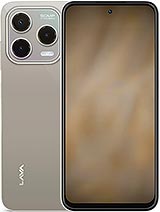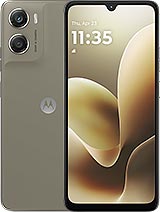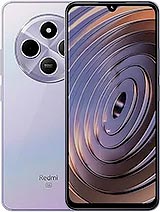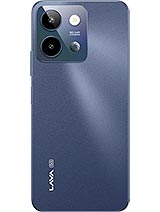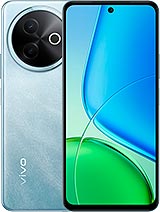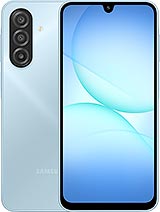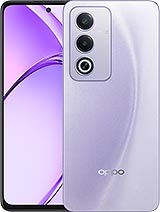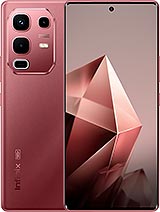Lava Yuva 5G alternatives
Tap above to see alternatives.
Motorola Edge 50 Fusion alternatives
Tap above to see alternatives.
Lava Yuva 5G
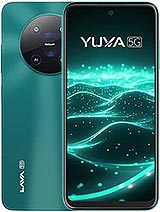
Lava Yuva 5G
-
Unisoc T750
6 nm
-
5000 mAh
18W
-
6.53"
720x1600 pixels
-
50 MP
1080p@30fps
- Specs
Motorola Edge 50 Fusion
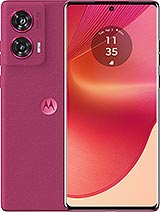
Motorola Edge 50 Fusion
-
Snapdragon 7s Gen 2
4 nm
-
5000 mAh
68W
-
6.7"
1080x2400 pixels
-
50 MP
4K@30fps
- Specs
2x2.0 GHz Cortex-A76
6x1.8 GHz Cortex-A55
4x2.40 GHz Cortex-A78
4x1.95 GHz Cortex-A55
4GB 128GB (UFS 2.2)
8GB 256GB (UFS 2.2)
12GB 256GB (UFS 2.2)
12GB 512GB (UFS 2.2)
(wide), AF
2 MP
(macro)
f/1.9, (wide), dual pixel PDAF, OIS, 1.0µm
13 MP
f/2.2, 120˚ (ultrawide), 1.12µm, AF
1080p@30/60/120fps
f/2.5, (wide), 0.7µm
1080p@30fps
SIM1: Nano, SIM2: Nano
SIM1: Nano, SIM2: Nano
8 5G bands
n1, n3, n5, n8, n28, n40, n77, n78
12 5G bands
n1, n3, n5, n7, n8, n20, n28, n38, n40, n41, n77, n78
In this performance comparison, the Motorola Edge 50 Fusion with its Qualcomm Snapdragon 7s Gen 2 (4nm) performs better than the Lava Yuva 5G with the Unisoc Unisoc T750 (6nm), thanks to superior chipset efficiency.
Motorola Edge 50 Fusion launched with Android 14 and will receive updates until Android 17, whereas Lava Yuva 5G launched with Android 13 and will get Android 14. Motorola Edge 50 Fusion will get security updates until 2028 (approx. 4 years), while Lava Yuva 5G is supported till 2026.
Motorola Edge 50 Fusion features a superior AMOLED display, while Lava Yuva 5G comes with an LCD panel. In terms of smoothness, Motorola Edge 50 Fusion offers a higher 144 Hz refresh rate, ensuring fluid scrolling and animations. Both devices deliver the same brightness level at nits. Notably, Motorola Edge 50 Fusion offers a higher screen resolution, resulting in sharper visuals and more detailed content.
Both phones are equipped with the same 5000 mAh battery capacity. Motorola Edge 50 Fusion also supports faster wired charging at 68W, compared to 18W on Lava Yuva 5G.
Motorola Edge 50 Fusion includes an IP68 rating, while Lava Yuva 5G lacks an official IP rating.
¹ Scores can vary even with the same chipset due to RAM, thermals, and software optimization.

